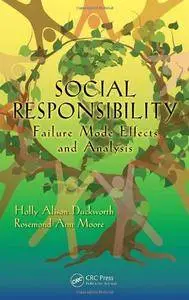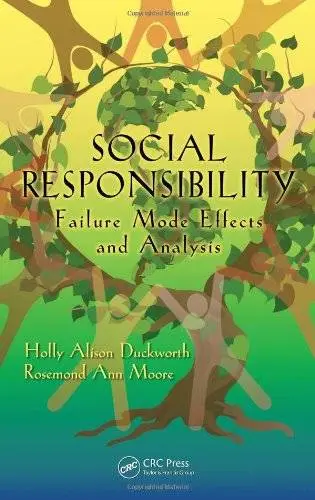English | 2010 | ISBN: 1439803722 | 201 Pages | PDF | 12.12 MB
With stock market swings due to unethical behavior, fuel price escalation due to increased demand, and climate disasters due to global warming, operating in a socially responsible manner is quickly moving from the realm of a nice idea to a business imperative. Taking a continuous improvement approach to social responsibility, Social Responsibility: Failure Mode Effects and Analysis offers a process for driving actions that can be taken by those interested in the "doing of" rather than the "talking about," who are ready to move toward making positive change.
Although many books cover market response and interest in this global concern, this is quite possibly the first one to focus on methods for assessing an organization’s path to social responsibility performance. Authors Holly Duckworth and Rosemond Moore move beyond talking about improving social responsibility risk to doing something about it, using a well worn tool―Failure Mode Effects and Analysis. They define social responsibility, explain the ramifications of the new ISO 26000 standards in the market place, and provide problem-solving methods that can be put to immediate use.
With vast experience and solid credentials in engineering and management, Duckworth and Moore are both old school types. Their point of view is not academic, political, or theoretical, but firmly based in hands-on, action oriented shop-floor work. It may seem unusual for authors with such traditional backgrounds to be writing about a topic that, on the surface, seems untraditional. But from their experience with continuous improvement as Six Sigma Master Black Belts, they have personally witnessed the waste that can be so easily removed from the work place. This book proves that when hard-hitting experts tackle a subject perceived to be as fuzzy as social responsibility, the result is methods and strategies that work.



